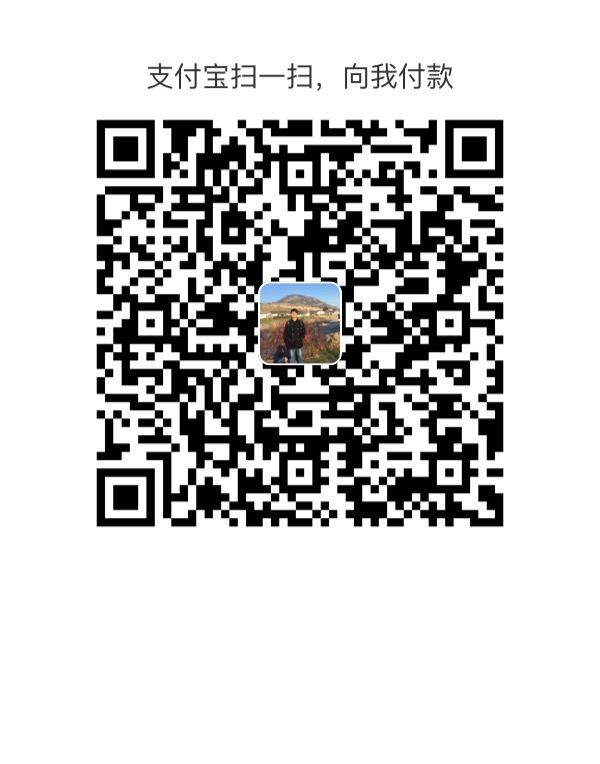你好,Tkinter2
如果程序写的大了,一般需要把代码包装到一个或许多类里面。
第二个Hello程序
1 | #!/usr/bin/python |
运行程序
运行这个程序,将会出现下面的这个窗口。

点击Hello按钮,终端输出信息 “Hi there, welcome to tkinter!”,如果点击Quit按钮,程序将退出。
注意:有些程序可能不会按照上面介绍的运行,这个时候就要检查下Tkinter的说明文档了,看看操作环境相关的配置,然后debug。
细节
这个示例,我们使用了class方法。初始化init方法创建一个继承自master的容器frame。
1 | class App: |
frame实例存储为局部变量,创建这个组建后,调用pack方法使之可见。
然后创建2个按钮组件,为frame的子组件。
1 | self.button = Button(frame, text='Quit', foreground='red', background='blue', command=frame.quit) |
这次,我们传递了一定数量的选项给结构器,第一个按钮被标记为 “QUIT”,前景色为红色 (其中fg 是foreground的简称)。第二个标记为 “Hello”。两个按钮都有一个command选项,这个选项指定了一个函数或者方法,在按钮被点击的时候调用。
按钮实例存储在实例属性组中。side=LEFT 参数表示这两个按钮在帧中将被分开放置;第一个按钮被放置
在帧的左边缘,第二个被放在第一个的右边(帧的左边缘仍保留着空格)。默认情况下,部件的放置都是相对
于它们的父亲(frame 部件相对于 master,button 相对于 frame)。如果 side 选项没指定,side 默认
值为 TOP。
“hello” 按钮的回调函数如下所示,每次点击的时候都会在终端打印一条消息:
1 | def say_hi(self): |
最后,我们使用一些脚本来创建 Tk root 部件和一个App的实例(使用root作为它的父类):
1 | root = Tk() |
关于部件引用
1 | Button(frame, text="Hello", command=self.hello).pack(side=LEFT) |
如果不需要对一个窗口部件进行引用,可以用单独的一行创建并且进行包装,如上所述。
但是如果需要对其进行调用,就需要分开了,如下所示:
1 | w = Button(frame, text="Hello", command=self.hello) |
关于部件名字
在上述实例中,我们使用的button或者hi_there都是部件的引用,而不是部件实际的名字,实际的名字大部分是由一系列数字组成的,这个有Tkinter自动为这些新部件赋值。
比如,我们可以打印出来名字如下所示:
1 | >>> print str(ok) |

